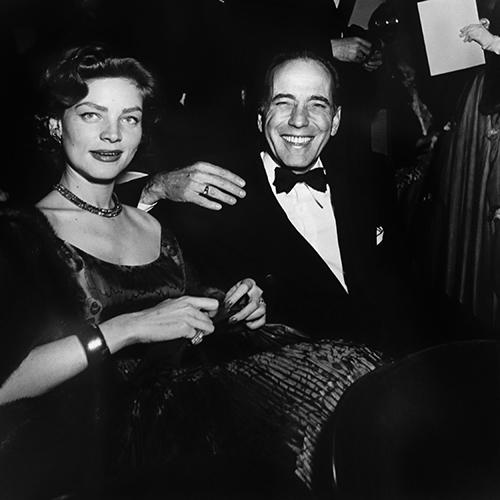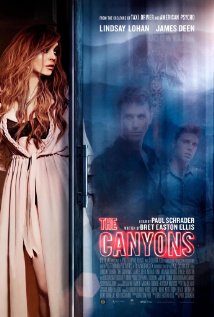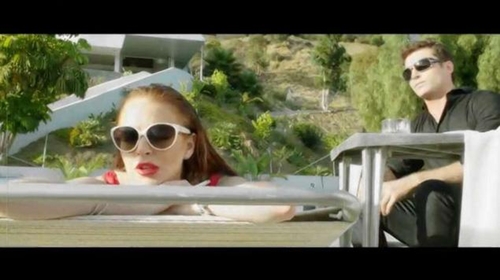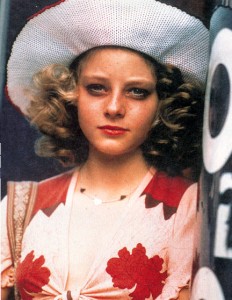
Love this photo of a (smiling!) Bogart & Bacall. Shot by Murray Garrett and on display at the Robert Berman Gallery in Santa Monica.
Murray Garrett: Hollywood Redux, a selection of black-and-white photographs including never-before-seen silver-gelatin prints from the artist’s archive, runs through Aug. 23 at the Robert Berman Gallery in Santa Monica. The Brooklyn-born Garrett, who worked in the Golden Age, typically used medium-format cameras, such as the Speed Graphic and Rolleiflex, to capture iconic moments from the lives of the entertainment industry’s elite and other popular figures of American culture and high society.
Taschen has released a must-read tome: Film Noir: 100 All-Time Favorites. From “The Cabinet of Dr. Caligari” to “Drive,” editors Paul Duncan and Jürgen Müller present their top film-noirs and neo-noirs. Director, film noir scholar and “Taxi Driver” screenwriter Paul Schrader provides the introduction.
Also, Tuesday, Aug. 5 marks the 52nd anniversary of Marilyn Monroe’s death. RIP, Marilyn. See more images and read more about her life here.















From FNB readers